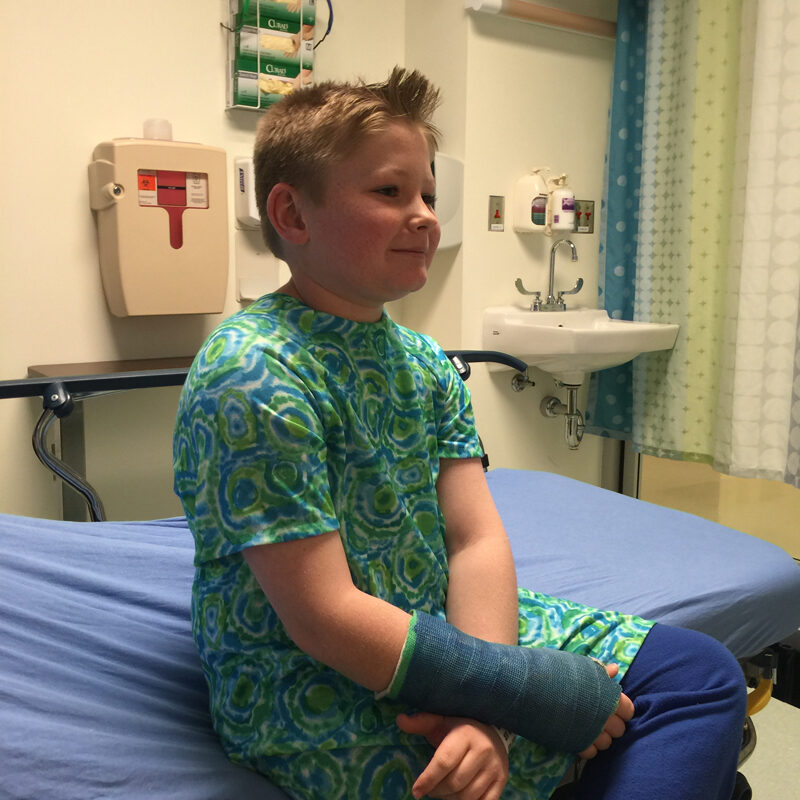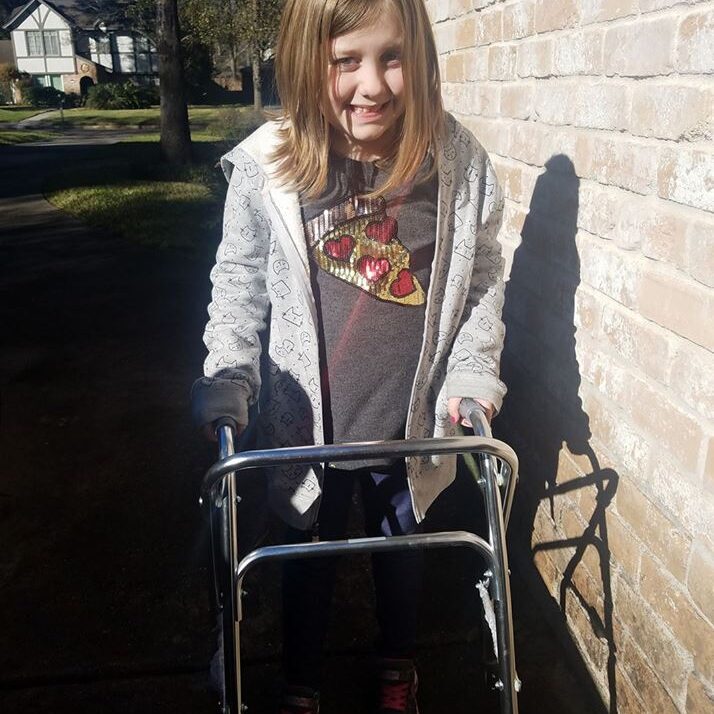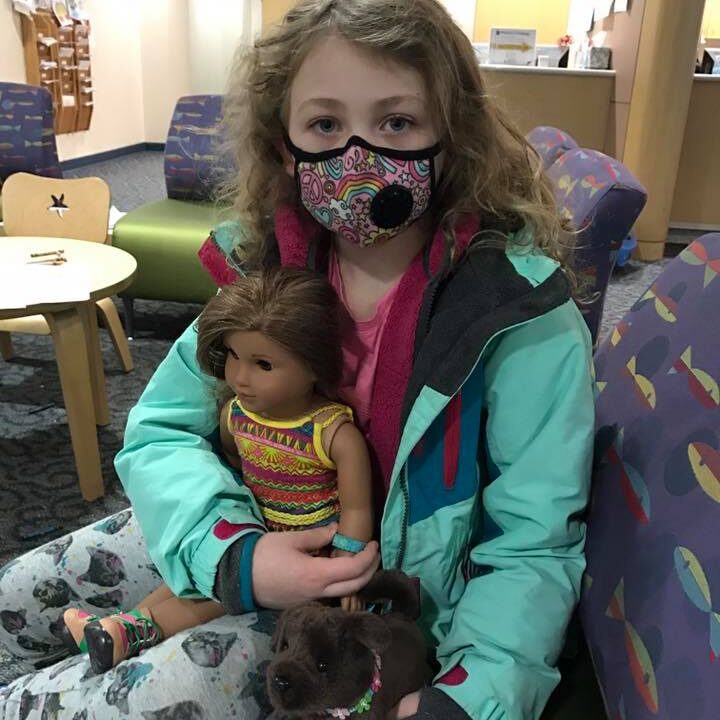
Treatment
Your Pediatric Rheumatologist will use medications to stop inflammation and heal bones. Some CRMO medication options are used in children with juvenile arthritis.
Consult with your Pediatric Rheumatologist before taking any medication.
What happens after your child is diagnosed with CRMO/CNO?
Find a doctor who has experience with patients with CRMO/CNO. CRMO/CNO in children is generally treated by a pediatric rheumatologist. Ask your doctor for a referral.
Why do we treat CRMO/CNO?



● Reduce inflammation
● Prevent bone damage and bone deformities (for example: fractures, leg length discrepancies, changes in spine curvature)
● Help avoid growth problems
● Decrease pain
How is CRMO/CNO treated?
CRMO is different for each patient. Different children respond to different treatments. Your doctor may need to try several medications before finding the one that works for your child. In severe cases, doctors may combine medications to treat the disease. Your doctor will work with you and your child to help find the best treatment. For some CRMO patients, the disease can be managed with nonsteroidal anti-inflammatory drugs (NSAIDs) alone. NSAIDs are the first-line treatment. NSAIDs work by blocking one of the signals that causes increased bone damage. This may decrease the pain and inflammation in the bone to allow normal growth.

Your physician may start additional medicines for the following reasons:
● If NSAIDs alone are not effective
● If your child does not tolerate NSAIDs
● If there are high-risk bone lesions, such as lesions in the spine
In some case your doctor may use a short course of corticosteroids, for example, Prednisone=Deltasone® or Prednisolone=Orapred®.
These medicines are also used in children with other inflammatory and/or bone conditions. Side effects may occur while taking these medications. Your physician will have a discussion with you prior to starting any new treatment, which may include a combination of several medications.
What happens after your child begins treatment?
Your child’s pediatric rheumatologist will make sure your child gets the right care. CRMO/CNO is a chronic condition where symptoms can come and go for years. Children might have inflammation in other bones of the body without symptoms. For this reason, your doctor will want to see your child even if he/she is feeling well. Once your child is on effective treatment, he/she should begin to feel better.
The pediatric rheumatologist will carefully monitor your child. It is important to keep all appointments because your doctor will want to continue monitoring for bone inflammation and any problems with the medications.
Whole body MRI is an imaging tool used to monitor CRMO/CNO. If whole body MRI is not available, your pediatric rheumatologist may order an MRI of specific sites (such as an ankle or collar bone) or a bone scan. A bone scan is not as sensitive as an MRI but can give a whole body picture as a baseline.
Having a new diagnosis of a chronic disease can be stressful. Your pediatric rheumatologist is available to suggest other resources for you and your child such as:
● Physical and occupational therapy for exercises to regain muscles strength and/or joint mobility.
● School accommodations, such as a 504 plan.
How will you and your doctor tell whether a treatment is working?

● Decrease in pain
● Return to normal activities
● Improvement in inflammation tests and/or imaging studies
